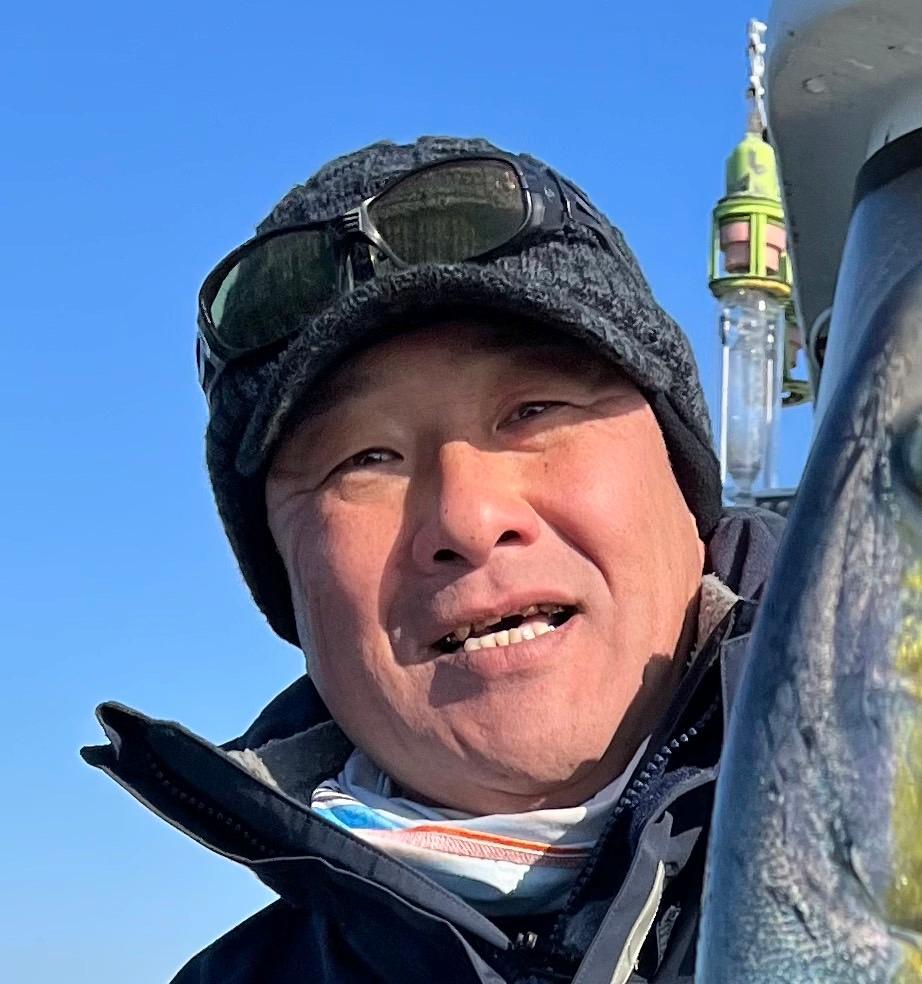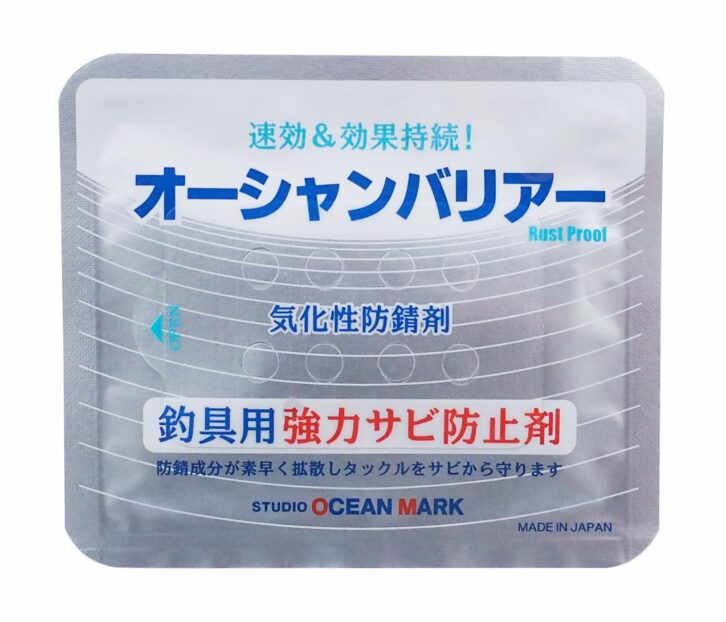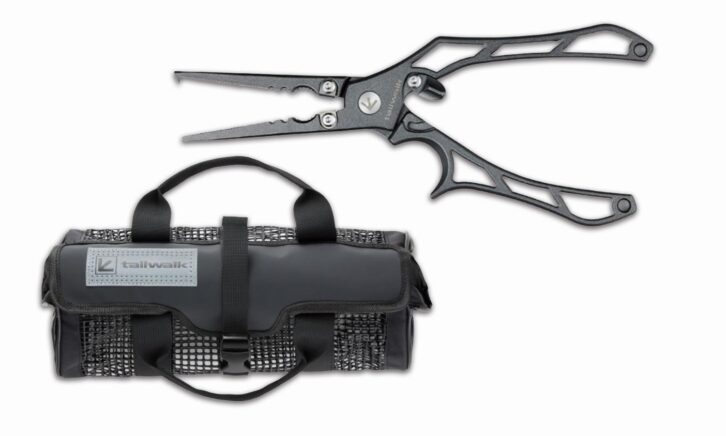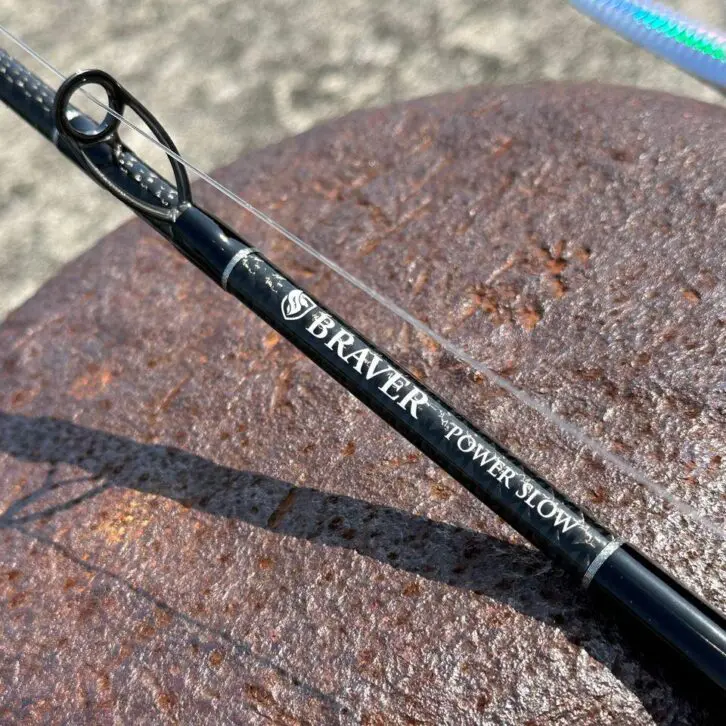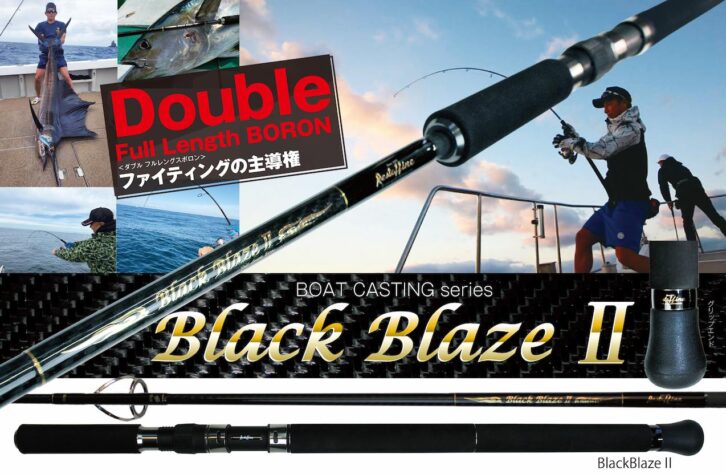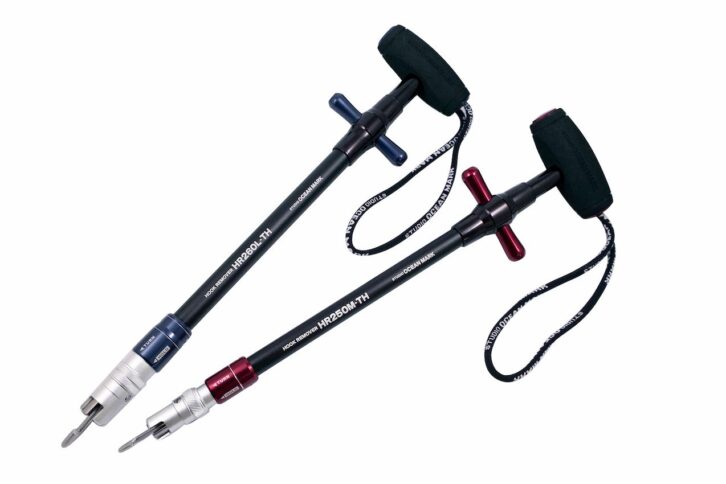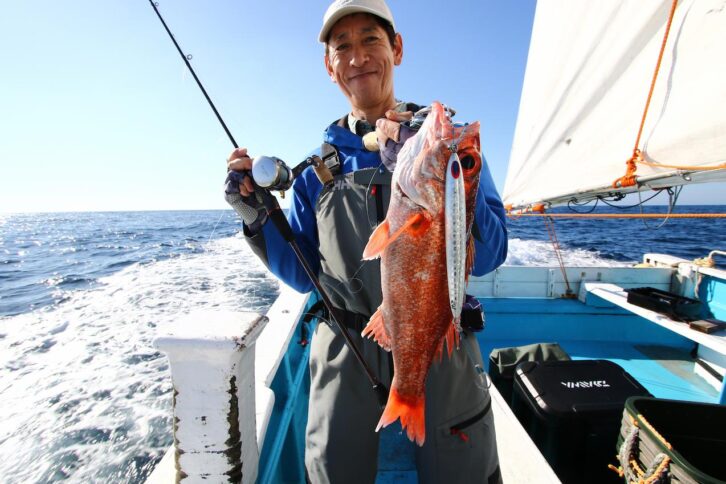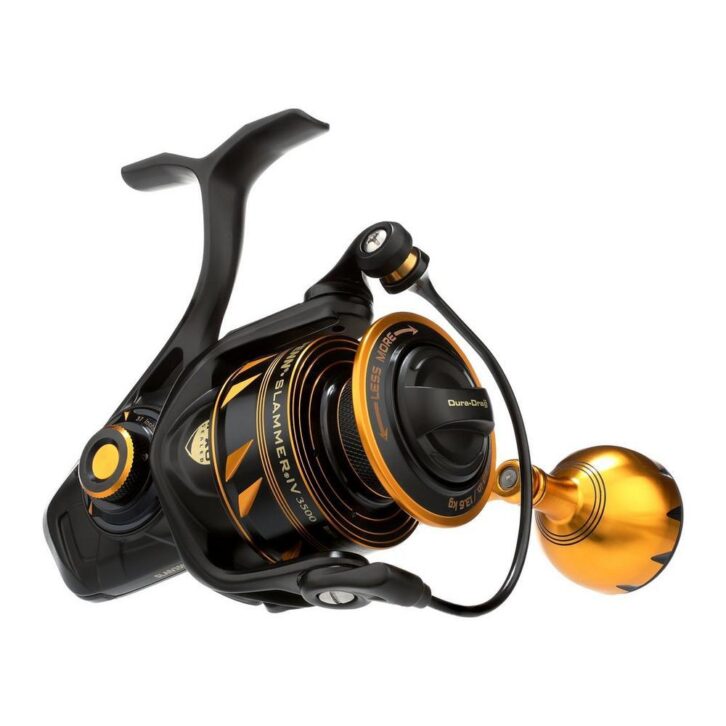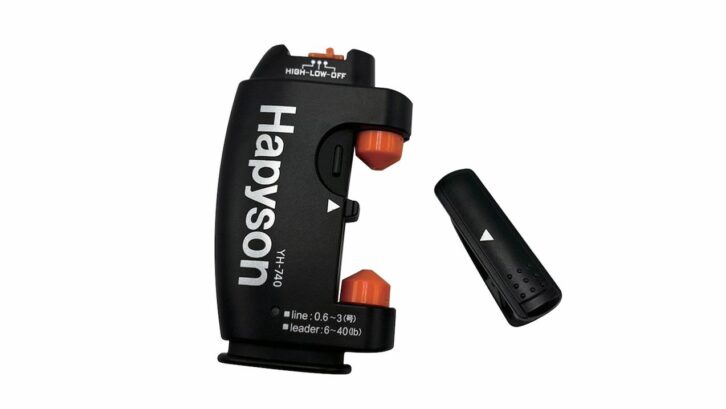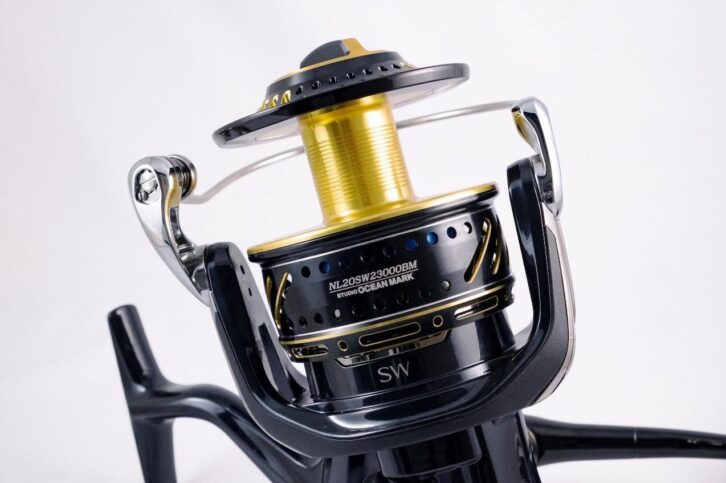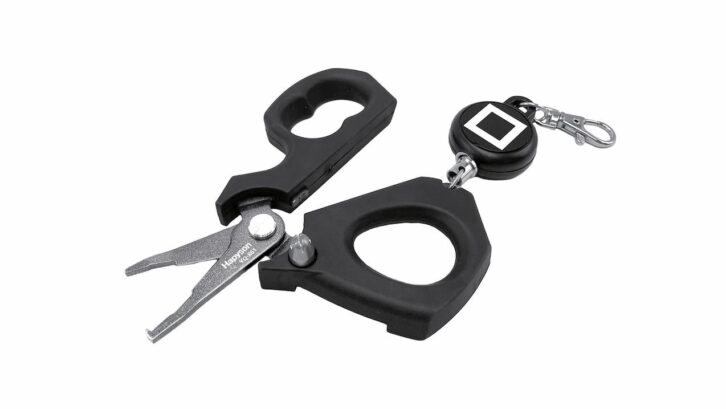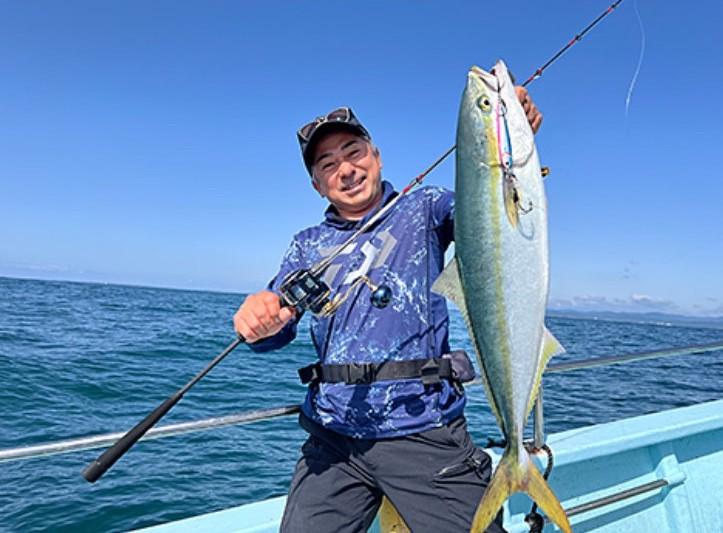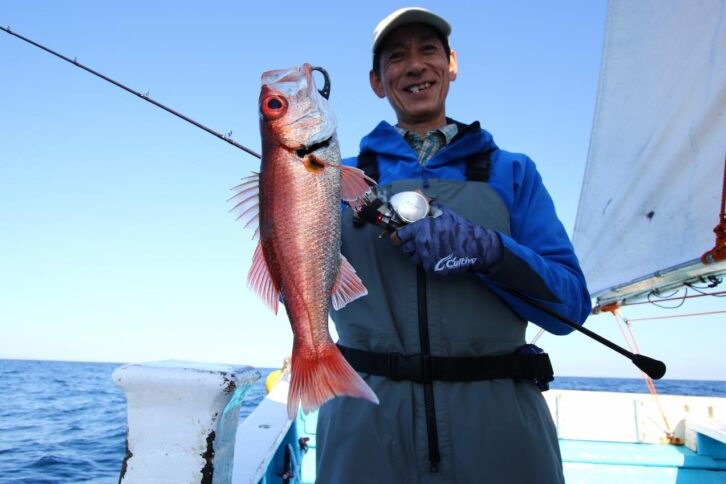Serialization: Kei Hiramatsu's Offshore World vol.16
Offshore actual fishing. Jigging fishing off Izu-shichijima and Hachijojima. Targeted kampachi and yellowfin tuna.
It was late October when the hot summer had calmed down and the scent of fragrant fragrant rhinoceros was beginning to spread over the city. I went to Hachijojima, one of the seven Izu islands, on a fishing trip involving the filming of a reel. I have fished around Tajima, Niijima, Oshima, and Mikurajima several times a year, but Hachijojima has been a long time since I last fished there. This time, the fishing trip was both nostalgic and fresh. With a renewed spirit in Hachijojima, I would like to share with you how we targeted Kampachi and Yellowfin Tuna by jigging.
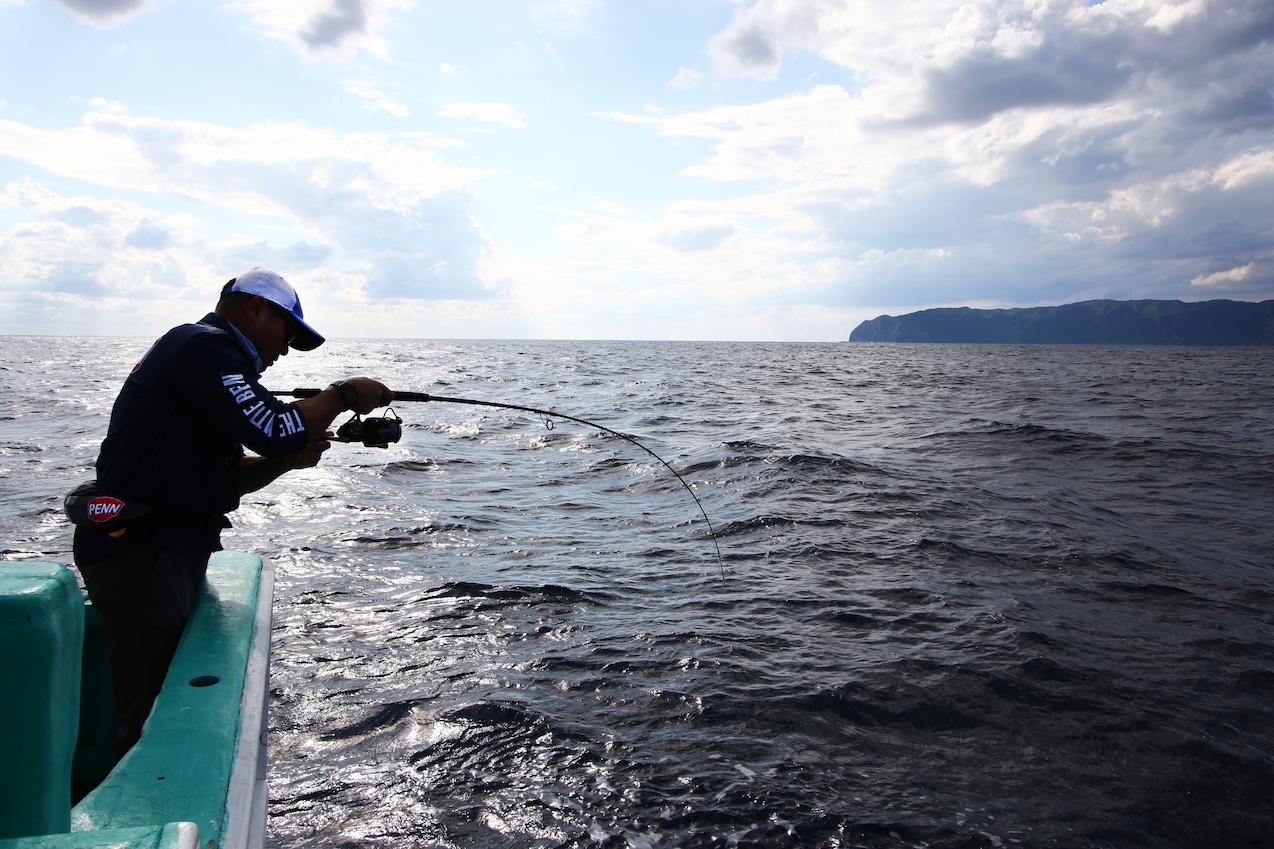
INDEX
Set sail for Hachijojima
The route from Haneda Airport to Hachijojima takes one hour. There are three flights a day, and if you take the first flight out of Haneda Airport in the morning, you can be offshore by 10:00. I was surprised to see how easy it was to get to Hachijo-jima from central Tokyo after more than 20 years of absence. After viewing the Izu Islands from above, we arrived at Hachijojima Airport. At the airport, I was greeted by the wife of Papa Otsuru, who is well known to all offshore anglers, and who will be taking care of me this time. After greeting her, we went to Papa’s Inn where we would be staying. We quickly changed into our fishing clothes and set up our tackle. Papa Otsuru was away guiding a client. We were in a hurry to get ready and headed for Yaene Harbor.
We were on a three-day fishing schedule. The boat we would be boarding was the No. 8 KoryouMaru. The captain was already on standby, waiting for us. First, we headed in the direction of Yaene Port to go around to the east. It took us about 20 minutes to get to the point after crossing a wave-created outcropping area to allow the tide to come in. We entered the point and the captain announced, “The depth is 100 meters, and we are seeing reactions down to 30 meters (from the bottom),” and we got underway. We had no idea how much current we were going to encounter. I started with a KEI-JIG SHARP 200g, which drops to the bottom without any stress. In areas with deep water, my recent style is to use KEI-JIG SHARP first. With that, I get some idea of the current and make a decision on what jig weight to use. The bottom was easy to catch. I started to shimmy with a one-pitch action to get used to it. “Gsssshhh!” It was a cute little 1-kg longfin amberjack. I was surprised at the sudden hit. We dropped the jig at the indicated point, hoping that the fishing would continue. And so began three days of intense fishing.
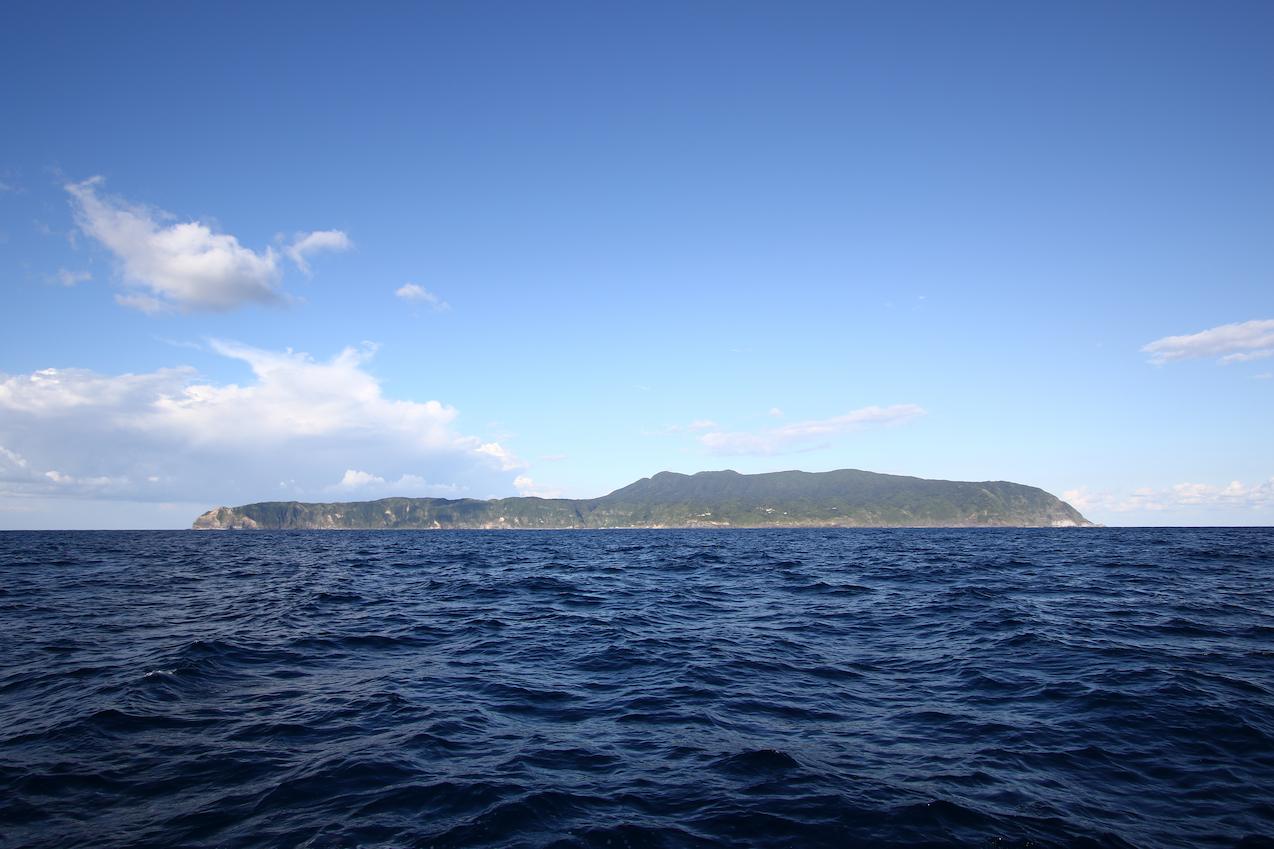
For Mr. Hiramatsu, Hachijojima was the first time in more than 20 years. Anglers living in the Kanto region can fly into the island first thing in the morning and leave before noon. Even if you stay at least one night, you can fish half a day on the day of arrival and half a day the next day. Of course, there is also the attraction of large kampachi and hiramasa.
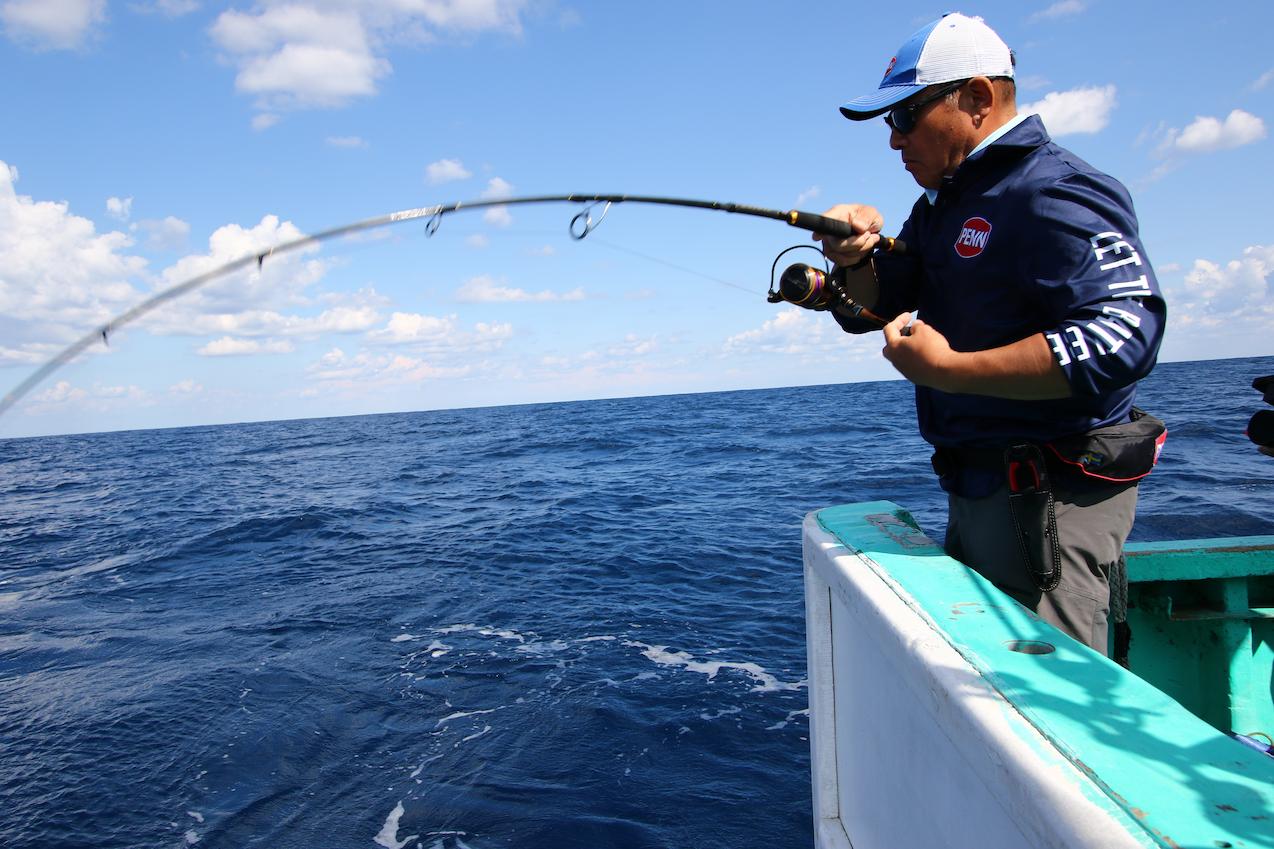
I have often visited the other islands in the Izu Islands, but it has been a long time since I have been to Hachijojima. It takes some time to get a feel for the field and find patterns. So this time, my strategy was to just hang around and try to pull out the big ones.
How to target mainly bluefish by jigging, and how to separate yellowfin and Spanish mackerel fishing
I would like to first describe how to target yellowfin tuna and how to deal with offshore Spanish mackerel, whose movements were difficult to grasp continuously for three days during this fishing trip. During the fishing trip, we could see skipjack jumping when a bird pile was formed, but no flashy boils or nabura-like situations occurred. So the best way to see the waterfowl flying was to watch them. When a thin bird pile formed, a small column of water would occur in various places. Not only centering on the bottom, but also shucking as the tide recovers from the bottom of the dotterel current with an eye on the middle layer, a Spanish mackerel (offshore Spanish mackerel) attacked. The Spanish mackerel attacked the metal jig boldly with its sharp teeth. The metal jig bites mercilessly, leaving tooth marks on the jig and exposing the lead. If the jig was still in place, it would be fine, but in many cases, the jig would be cut cleanly through the leader. This was not only me, but everyone on the boat was in tears.
As a way to deal with Spanish mackerel, I tried to retrieve the jig as fast as possible after it passed through the layer I wanted to explore with the jig. Anglers using bait tackle are slower in retrieving Spanish mackerel than those using spinning reels, so they are preyed upon by Spanish mackerel. I intentionally tried to hook Spanish mackerel in the mid-range of the water by using a strong and weak speed, but then a yellowfin tuna bit me. Knowing the abundance of the sea, I felt that it was very difficult to adapt to the conditions.
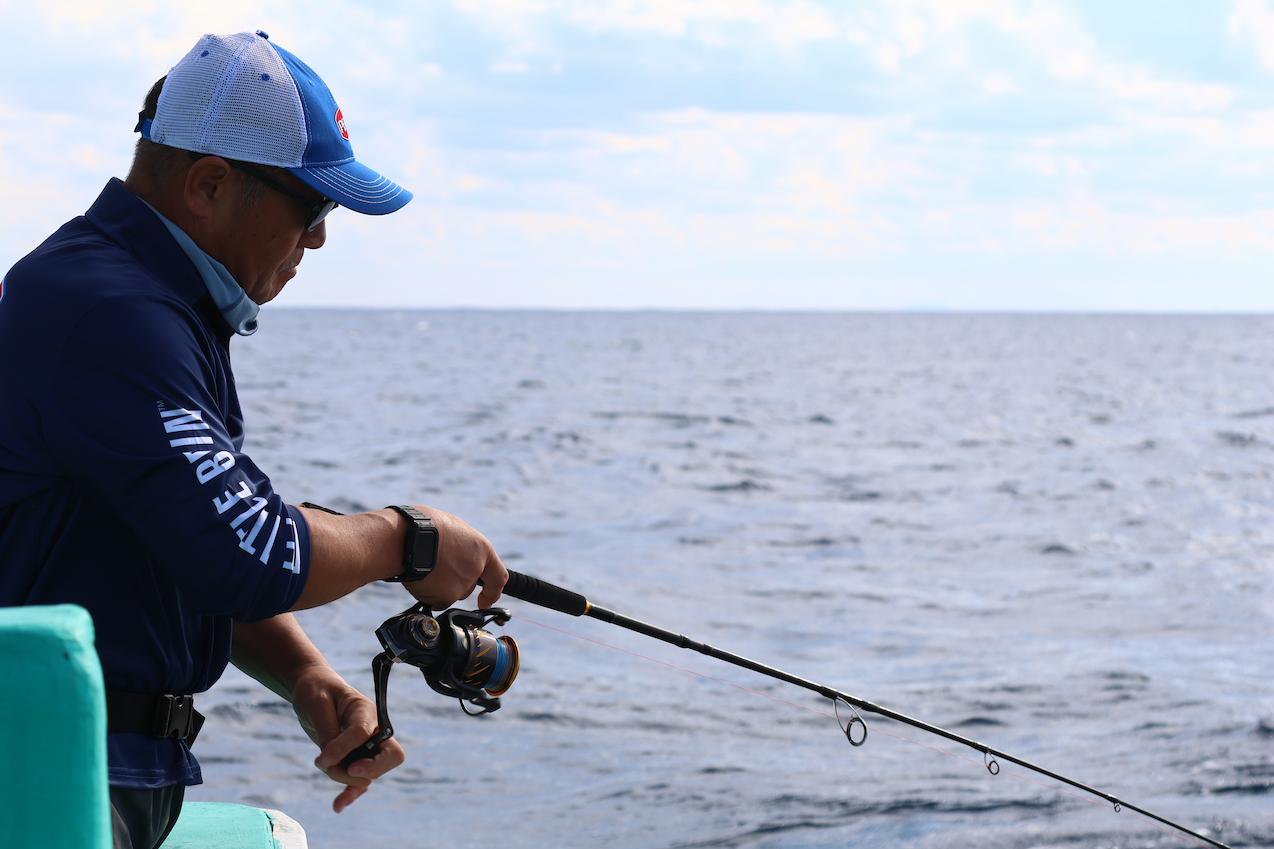
Kampachi respond from the middle to the bottom. From the middle to the top, yellowfin tuna react. Near the surface, Spanish mackerel and bonito responded. The bottom area was carefully probed to see the reaction from Kampachi. The middle layer is a zone where you can’t relax because of reactions from kampachi and yellowfin tuna. When retrieving from there, it is important not to let Spanish mackerel react.

When Spanish mackerel attack the jig, the jig is scratched and sometimes the leader is also damaged. We quickly re-tied the leader and changed the jig while on the move. We also change jigs and jig types depending on the tide conditions.
Hiramatsu’s Must-Have Patterns
his time, we targeted mainly kampachi. I heard that there are some points where sunfish also use their mouths if the timing is right, so I concentrated on targeting sunfish in such places, but there was no response. This time, the shallowest point was 80m deep, and the water was almost triple-digit deep throughout the three days. The deepest point was 150 m, and the deepest was more than 150 m. The depths were in the triple digits all three days. The deepest point was 150 m, and there were several points where the water was deeper than that.
This time, the main focus was on reel impressions and video recording of the drag sounding. How to make the drag work to keep the fish afloat? I had decided to “just hang on to the kampachi” as my response to this mission, which was difficult to do in the limited time of three days, and also because it was the first time I had been to this field in over 20 years. Then, I decided to do my best at the points the captain guided me to and “hang as many times as possible” to have a good chance of completing the mission.


From the first cast, I got a response from Kampachi. However, it was a small size. It had been a long time since we had been in the field, and we did not know where or how the big ones would strike, so we had no choice but to cast one after another and look for clues.
I kept hooking kampachi with a metal jig. I caught and released them, and repeated the process. We could not play the game while aiming for a good size fish. I tried to catch Kampachi by making the best use of the jig’s characteristics, and tried to increase its size. Since I was fishing for numbers, I did not let the jig drift, and picked up the jig more than anyone else. I drew the jig line in my mind and attacked in a style that made a lot of first approaches. Mr. Omoto, who was not only a journalist but also a fisherman, used bait tackle. I was on spinning tackle. We both used PE No. 4 and focused on one-pitch action.

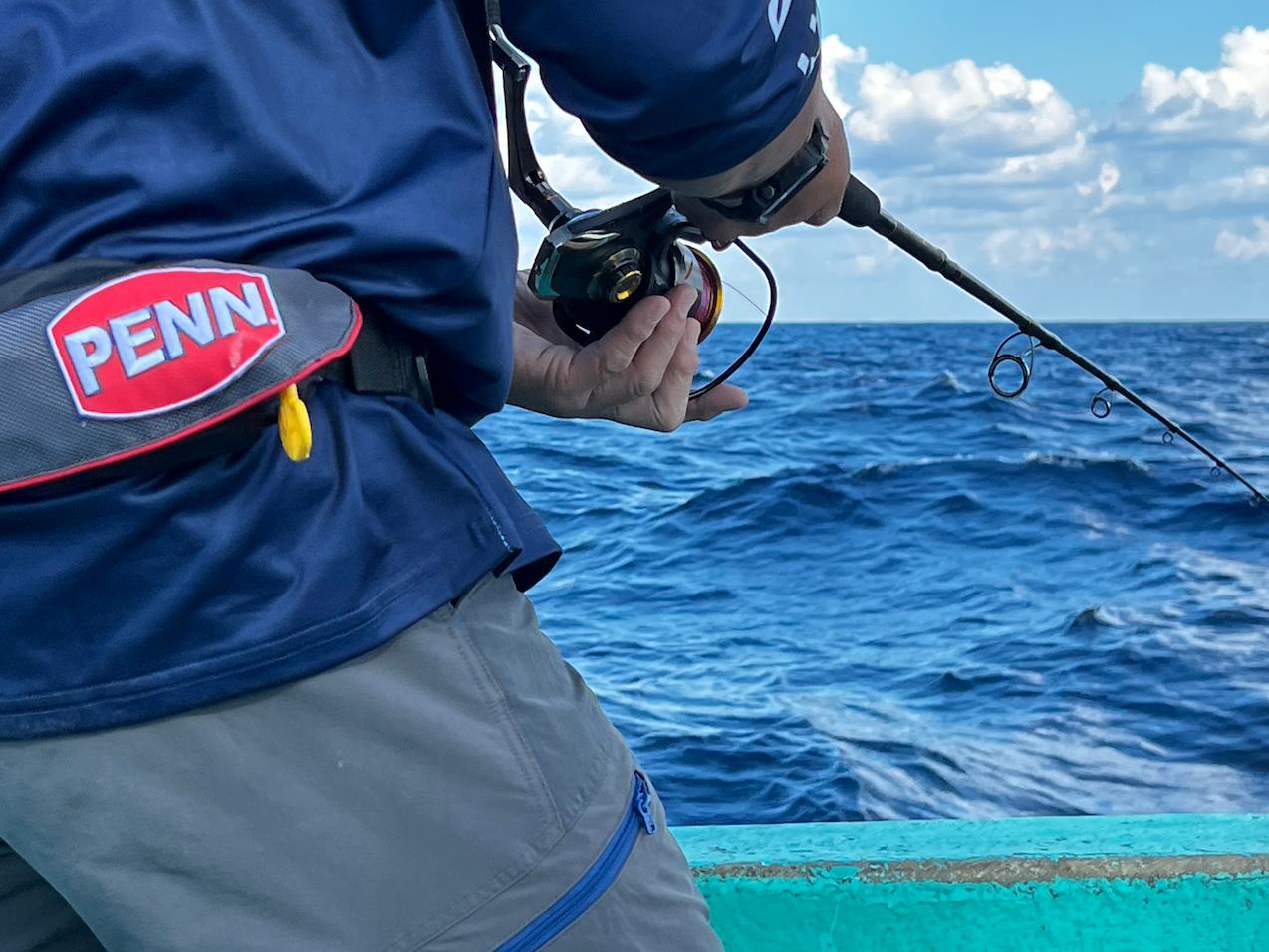
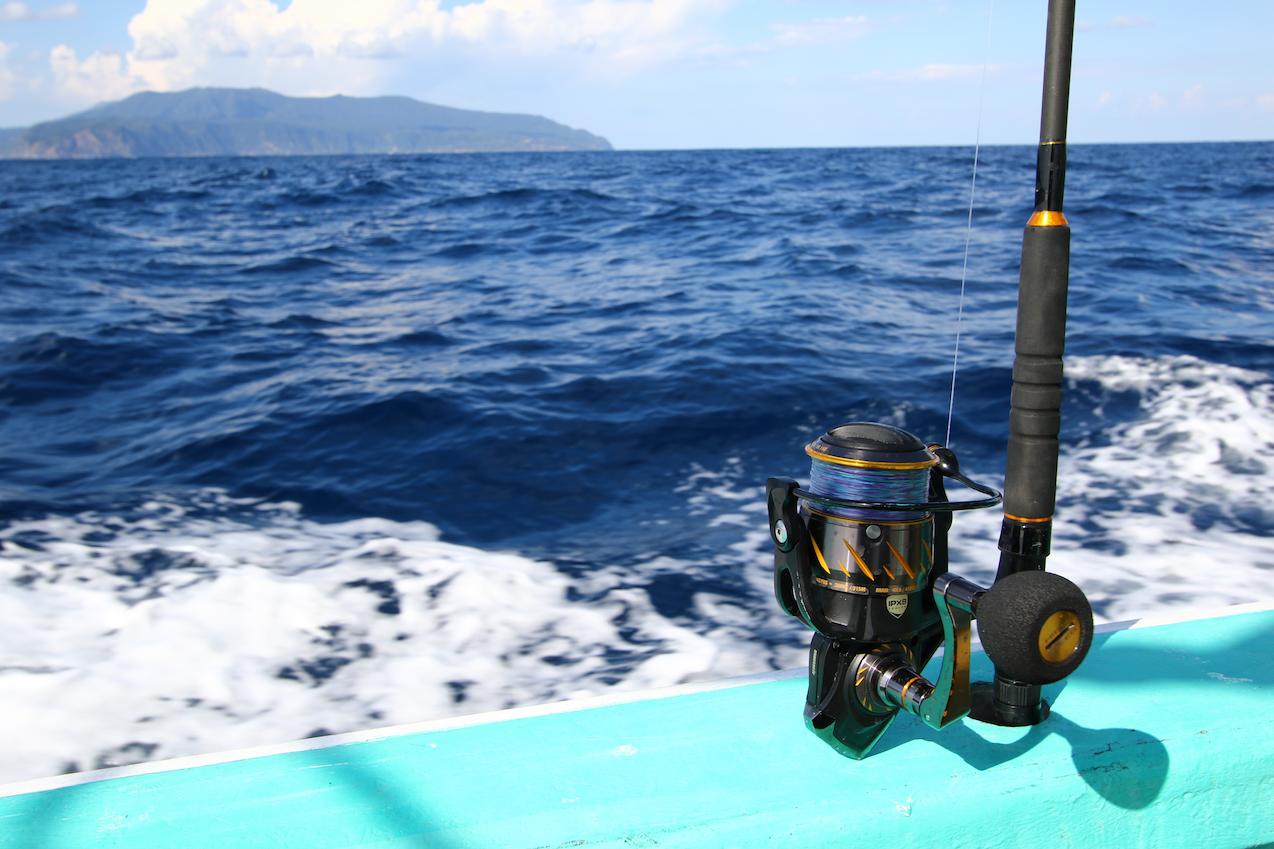
Mr. Hiramatsu used the Authority 6500HS spinning style. Omoto of the Angler’s Time editorial staff was using a bait reel with a Fathom II 2-speed 25NLD2. Both anglers selected PE No. 4 to target large-size fish. Impression article of each reel will be published later.
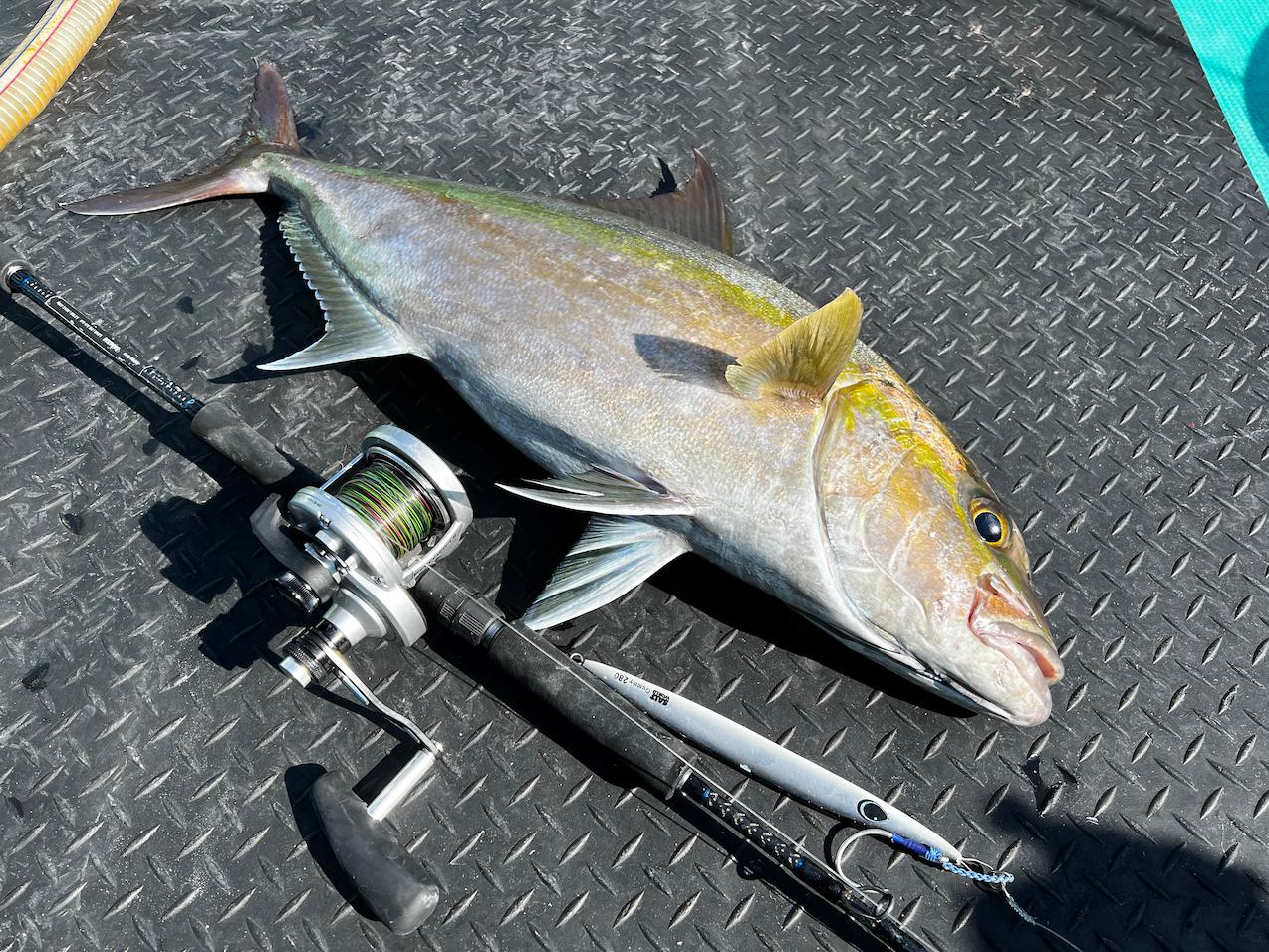
Toward the end of the third day, the time seemed to be right. We managed to catch an 8 kg class fish using the bait style.
When the fishing style is not consistent, line breakage sometimes occurs, and the game is sometimes diverted from its original significance due to a series of root fish and other fish. I was assigned the task of catching a big one with my usual gear and taking pictures of the reel’s drag. However, in the second half of the day, I was distracted from my original goal and had a hit in the boat, which made me spend a lonely time. I spent the second half of the last day worrying about the jig. The must-have pattern this time was to thoroughly hook kampachi, and to have a video taken of the powerful kampachi interacting with the 7-kg drag. We were able to catch quite a few small kampachi. We also tested the difference in the way of probing with the sunfish and yellowtail that we usually target, and the response we got from the actual fishing was great. The sea was calm for three days. It is rare to have such good conditions in the fall, and the latter half of the last day was especially precious. However, as a result, we were left with a sense of disappointment in our hearts that we wanted to give our best until the very end of the trip. There is nothing more boring than to miss the moment of fishing. I felt so empty on the boat, not being able to do anything during the best fishing conditions.
This fishing trip was a continuation of the previous jigging trip off the southern coast of Izu, which included a Pure Fishing Penn reel promotion photo shoot and Angler’s Time coverage. I already can’t stop thinking about trying again.
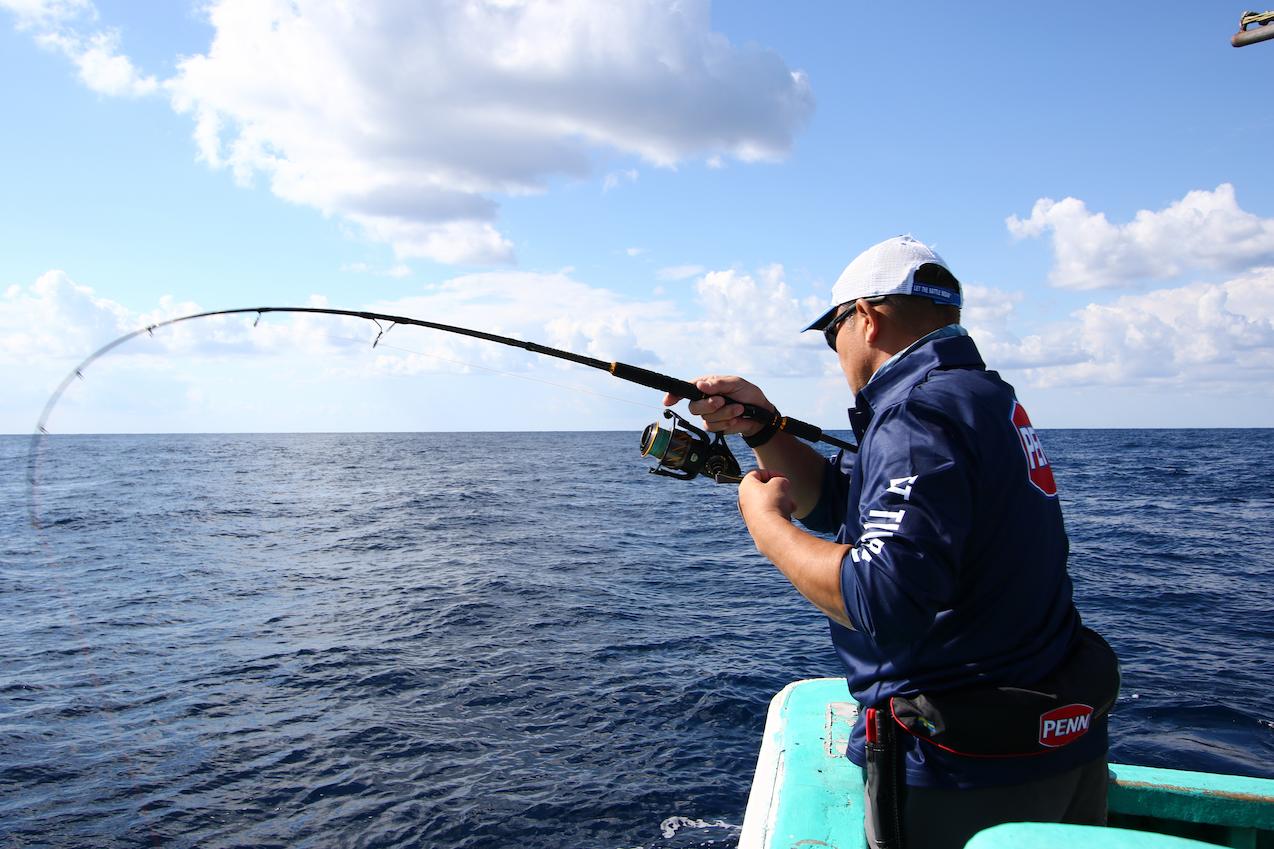
At the end of the last day, the tide had already stopped, but we searched until the end of the day. His mind was already full of thoughts of revenge.
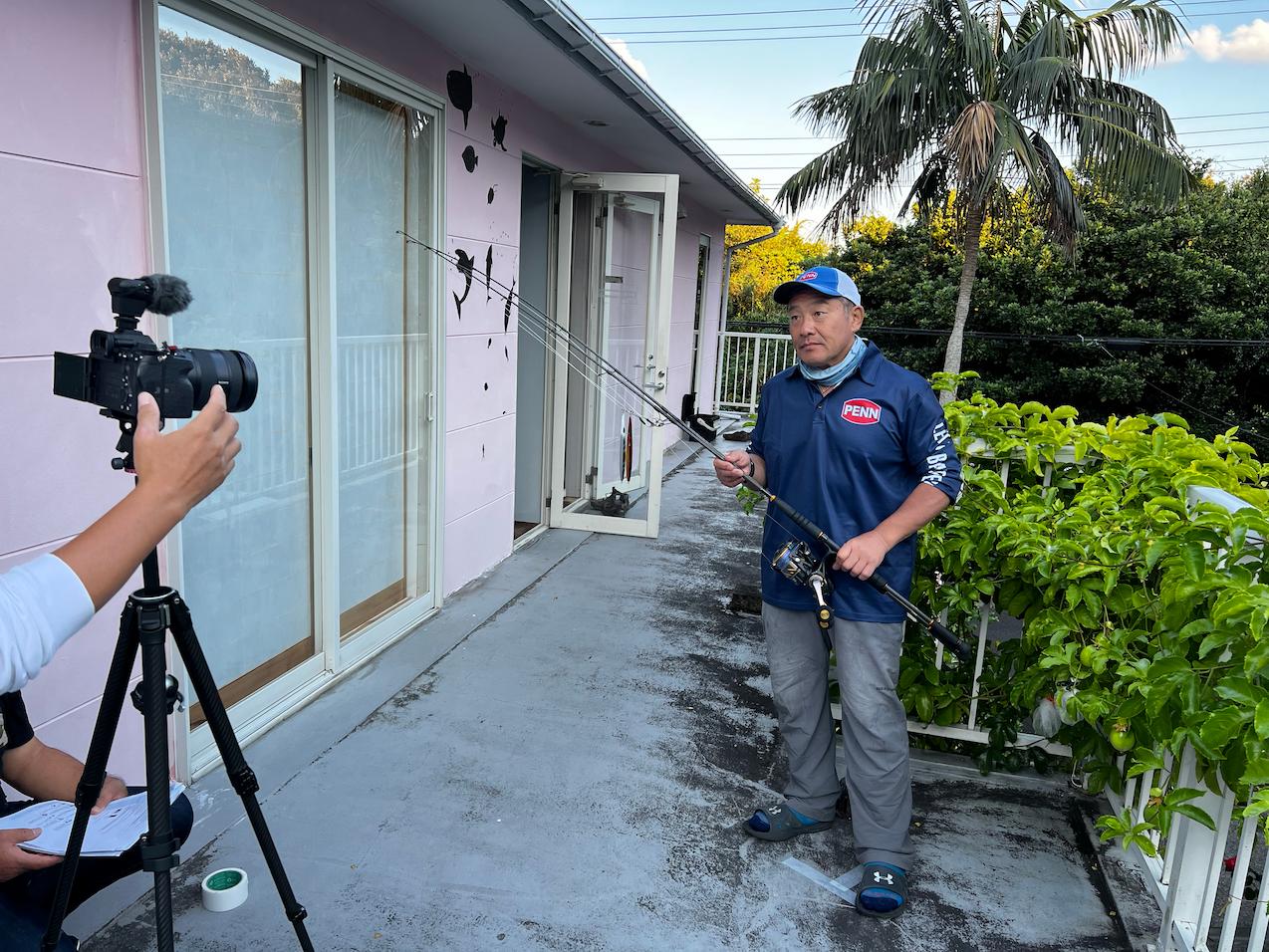
The main part of the interview was video recording, and tackle commentary was also included. The video will be shown at next year’s fishing show and on the Penn website. Please check it out.
Jigging Tackle
Rod: PENN Torque PHK-63LH
PENN Torque PHK-63M
Reel: PENN Authority 6500HS
Bait Reel: Fathom II 2-speed 30LD2
Line & Leader: Sunline X8 Full Contact #4 & Tsunagito #16, #18
Lure: K-FLAT Gummy 200g, 220g, 250g
Gummy-fat 235g, 250g
KEI Jig 200g, 235g
KEI Jig Sharp 200g, 235g, 260g
Hooks & Parts: Owner Hyper Wire #7, Solid Ring 6.5mm
JS-39 Blue Chaser 11/0, 9/0
Polarized glasses: zeal optics vero model
Hachijojima Fishing Guide Data
Papa’s Inn (Papa Otsuru) 04996-2-3888
Papa’s Inn HP: https://www.papasinn.com/
Product information
PENN (Pure Fishing Japan)
https://www.purefishing.jp/product/brand/penn/
Kei Hiramatsu Facebook
https://www.facebook.com/hiramatsu.kei.1
YouTube
Kei Hiramatsu channel
(also streaming this fishing trip)


